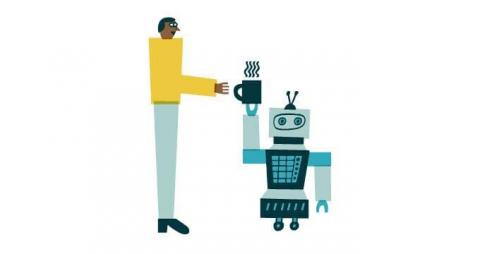How Zendesk is transforming CX in 2020
Customer expectations are higher than ever—so much so that IDC predicts that companies will spend $641 billion on customer experience technologies by 2022 to meet them. Customers want easy, fast, and personalized experiences across touchpoints, and they’re comparing your business to companies that consistently deliver on their needs. When companies prioritize their relationships with their customers, they reap the benefits of renewed loyalty and competitive advantage.











